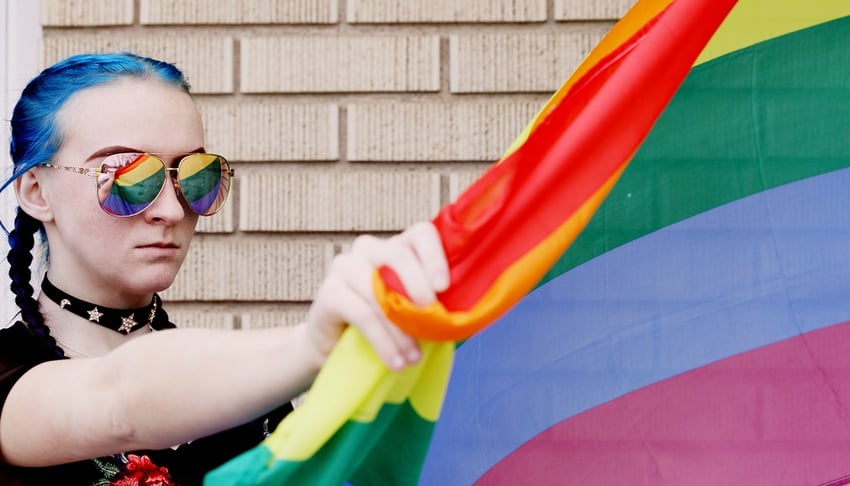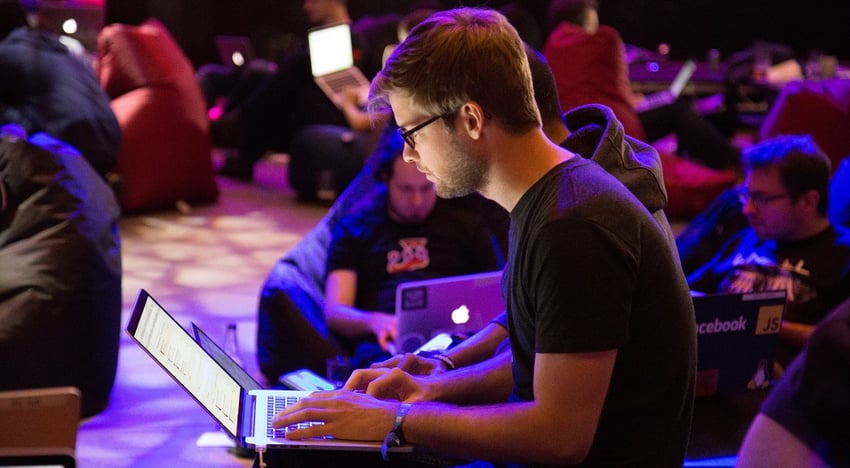Gen Z vs. Millennials: 6 ways they’re different
by: PLAY
Born between 1980 and 1994, millennials have some important differences from their generational neighbours, Gen Z, born between 1995 and 2015.
In this post we'll explore six key ways they're different, and how your brand can connect with the upcoming powerhouse party of consumers: Gen Z.
1. They embrace diversity.
Gender fluidity is far more pertinent for Gen Zers.
“Almost 3% of teenagers don’t identify as either male or female – a number that researchers in transgender studies say has grown from previous years.”
- (Business Insider)
Endeavour Global Marketing’s Cultural Trends Report found that gender-fluid beauty concepts will reach a “tipping point” in 2019. This is providing NPD opportunities for new product categories (i.e. less gendered products).
2. They're stressed.
Gen Z report higher levels of stress than millennials.
Their constant connection to the internet means they are prone to comparing their lives to others. They are also highly involved in big world issues, and this sense of responsibility adds a layer of stress to their lives.
Another factor is life stage, as many Gen Zers will be under academic and adolescent pressures at this time in their lives.

3. They are social justice-minded.
This generation believe themselves to be social justice-minded.
“Millennials helped elect a black president and legalise gay marriage; many Generation Z-ers see these milestones as the norm.”
- (Fast Company).
They want to be seen to stand up for what they believe in and “rebel against the establishment”. This generation is very vocal when it comes to expressing their opinions on gender inequality, racism and political issues.

4. They're hyper-dependent on technology.
Gen Z’s lives have been intertwined with technology from birth.
They don’t remember a time before Facebook, iPhones and Netflix. However, they don’t do as much public posting and they don’t spend as much time on Facebook. They’re much more like to be into intimate communication platforms, and many identify as gamers.
“For this generation, Instagram can even be too public, resulting in teens using multiple accounts including a public Instagram that their parents and classmates know about and a “Finstagram,” their secret (fake Instagram) profile only accessible to a choice group of friends.”
- (Source: Medium).
5. Gen Z favour individuality over brands.
Millennials like spending big on well-known brands. Gen Z prefer to make political statements or express their individuality.
“Compared to any generation that has come before, they are less trusting of brands. They have the strongest bullshit filter because they’ve grown up in an era where information was available at all times.”
The younger generation have grown up with intimate access to the internet from the get-go. They’ve always been used to doing their research: reading reviews and Googling back stories. This generation can’t be fooled by glossy TV or magazine ads.

6. They're frugal and entrepreneurial.
Gen Z are taking control of their financial future from a young age.
Growing up during the global financial crisis, they’re mindful with their finances. Gen Z are selective with university choices (to avoid being lumped with student debt - millennial-style) and entrepreneurial from a young age (to avoid living at home into their twenties like many of their millennial counterparts).

How can your brand connect with Gen Z?
There are 7 key ways your brand can get closer to Gen Z.
- Forget the old rule book when it comes to pink and blue: use gender fluidity as an opportunity for NPD in traditional categories.
- Gen Zers are tired of information overload. Don’t be an extra stressor in their day by bombarding them with shallow messages. Create meaningful experiences that cut through the noise.
- Help them rebel from the establishment by adding to their uniqueness, not helping them fit in.
- Hang out where they hang out... and remember, that’s probably not Facebook or any of the mainstream channels.
- Always choose authenticity. Gen Z can see through anything less than this approach.
- Appeal to their entrepreneurial spirit. Embed innovative products into their dynamic, independent lifestyles.
- Leverage influencers; an individual is a much more trusted figure than a faceless brand.
Over to you.
Want to know more? Book your in-depth presentation of our research into Gen Z vs Millennials: 6 ways they're different for your business or team via the link below.
read it, love it, share it.
about the author
PLAY
As the experts in consumer-led innovation in FMCG, we partner with manufacturers and retailers to lift the productivity and effectiveness of their NPD. It’s all in how we blend innovation advisory with tailored consumer insight using an agile, consumer-first approach. Think of us like the connective tissue within your innovation process. We guide you at every step of the journey, helping you align, focus and develop ideas and products that sell.






ask the author